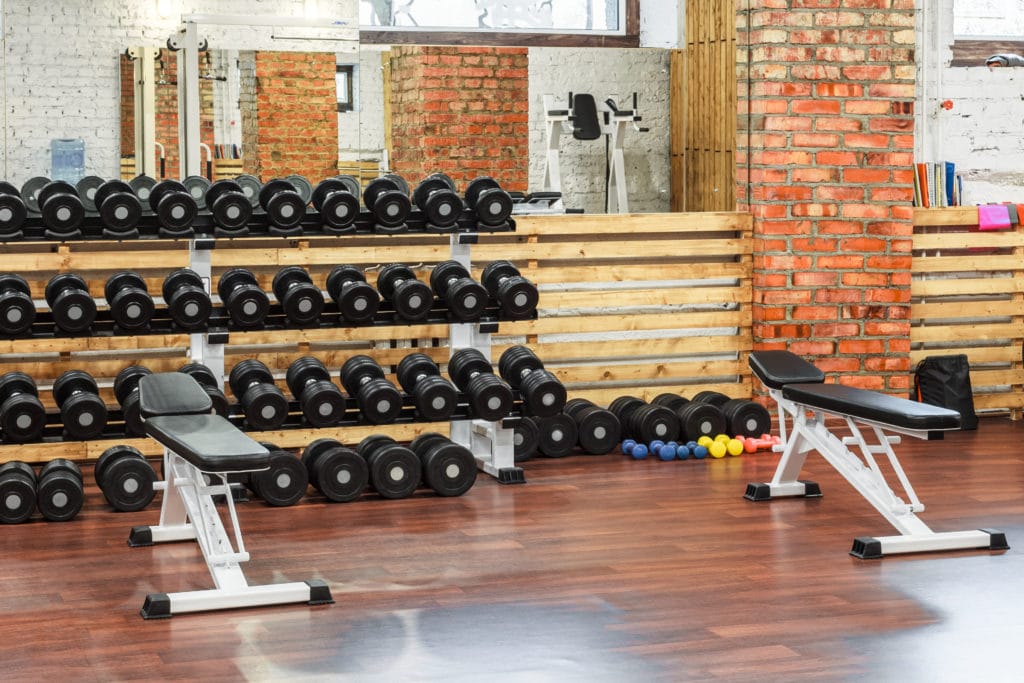The Ultimate Guide To Opening A Martial Arts School
So you’ve made the decision by opening a martial arts school — congrats!
Starting a business is no simple task. There’s a lot to know before opening your doors to the next generation of athletes. And we get it, while the journey ahead of you is extremely exciting, it’s also somewhat intimidating. With so much to do, it’s difficult to even know where to start. But don’t worry, we’re here to guide you through this uncharted territory and onto the road of success.
In order to make this adventure a little less scary, we’ve put together the ultimate guide to opening a martial arts school. From budgeting to scheduling, we have all the answers you’ve been looking for. Read on!
Budget
The first step is determining your budget. This will affect every other decision you make regarding your business.
Once you get things up and running, you can base your budget off of how much money you bring in each month. Prior to getting your business moving, you will need to forecast what your estimated monthly income will be. This can be a little tricky, but the key is to be realistic. Your budget is also heavily dependent on fixed and variable costs. Investopedia.com defines a fixed cost as “an expense or cost that does not change with an increase or decrease in the number of goods or services produced or sold.” These fixed costs can include a variety of expenses such as:
- Rent
- Property tax
- Insurance
- Employee salaries
- Utilities
- Supplies
- Advertising
- Website fees
- Professional fees

Variable costs, however, are the opposite of fixed costs. While fixed costs stay the same, no matter how much of your good/service is sold, variable costs increase or decrease based on how much production increases or decreases. Some examples of variable expenses you should factor into your business budget include:
- Sales commissions
- Raw materials
- Labor costs that change with sales
- Delivery and shipping charges
After taking all of these aspects into consideration, we suggest using a spreadsheet program or an accounting software application to put together your final budget. This will help you understand what’s feasible when opening a new martial arts school.
Location
The next step is finding and leasing a space for your martial arts school. You want the perfect place, but you also don’t want to break the bank!
The secret here is research and plenty of it. Just because you love fitness and athletics doesn’t mean everyone in your area does. Learn about the neighborhood where you’re planning to open your studio. Have there been a lot of other martial arts schools that have come and gone? Or is there a surplus in the area? Either one of those scenarios could mean bad news for your martial arts school. Don’t commit to a location unless you know there’s a demand for your services. You don’t want to have to pack up and move in a year.
Once you’ve found a place that fits all your needs and falls within your price range, it’s time to lease your space! Call the leasing agent and ask for a proposal. It is also wise to have a lawyer look at your lease; they can make negotiating your lease a much easier process.
Be sure to keep track of if and when your lease expires. Renewing a lease is far easier than applying for a new one, and having the correct licenses is vital. If not, your business is at risk of obtaining large fines or even being shut down.
Still confused? Don’t fret! There’s a lot to know. Fit Small Business, the leading online resource for small businesses offers in-depth guidance into the world of leasing:
Legal Requirements
Opening a business means a host of legal requirements that need to be met. While this may seem complicated, don’t let it overwhelm you! All businesses require state licensing, but which licenses and permits you need vary from state to state and business to business. Contacting your state government is a great resource to figure out exactly what types of licenses and permits you’ll need. Fundera’s state-by-state guide is another great resource for obtaining a business license or permit for each state in the US.
Organization
Management software for martial arts is an absolute must for new business owners. Even if you’ve worked in a studio before, it’s tough to keep all of your student and company-related files organized in spreadsheets. We recommend investing in a quality management program to help your business run smoothly and without headache. After all, a clear mind is a gateway to having better drive and focus.
Staff
The face of your martial arts school is your staff. And your customer’s experience is shaped by the employees they interact with. Therefore, having the right team is crucial. First, determine how many employees you need. Ask questions like, “how often is my school open?” “What roles do I need to be fulfilled?”
You must also decide what requirements you’re looking for with each role. What certifications will your instructors need? How much experience is preferred? Are any education requirements necessary?
Once you have determined what roles you would like to hire for and what qualifications each role needs, the next step is to get your business name out there for potential employees to find. You will need to have your staff members hired and training before opening a martial arts school.
There are lots of ways to do this. If you’re unsure where to begin, consider contacting colleges or trade schools near you. These schools are typically very open to employers. You can also contact programs that certify personal trainers to post an ad for your upcoming business and the positions you’re hiring for. Another option is to publish ads online to broadcast your available jobs to a much larger audience.
Schedule
In order to create an organized martial arts school, a clear and consistent schedule must be established. Your schedule should be catered toward the needs and wants of your customers. For example, schedule your adult classes for after work hours and avoid putting children’s classes late at night.
Once you get your school up and running, be sure to listen to customers’ requests or suggestions when it comes to class types and times. Don’t be afraid to ask your customers what they want!

Equipment
What equipment you will need varies depending on what type of school you’re opening and what your areas of focus are. Whether that’s yoga, Crossfit, or martial arts, having the correct workout equipment is a must.
Make smart purchases. All that equipment can be expensive, so make sure you’re getting your money’s worth! Read reviews from other people who have bought the equipment you’re interested in, and make sure to buy from reputable sellers.
Your equipment is also a huge aspect of your school’s decor. It should fit the aesthetic you want for your school. If you are going for a certain color scheme or studio style, keep that in mind with each piece of equipment you buy.
Talk to Other Studio Owners
The fitness community is incredibly supportive. Having a simple conversation with a fellow student owner can result in a gold mine of information that you never considered. Don’t hesitate to talk to someone who’s gone through the same process that you’re currently experiencing. Who knows what insight you may gain.
There is a lot that goes into opening a school, and it is often the first steps that are the most difficult. From how to set up your budget to what equipment to buy, Kicksite is here to make this journey less confusing and provide you with answers to all of your questions!

